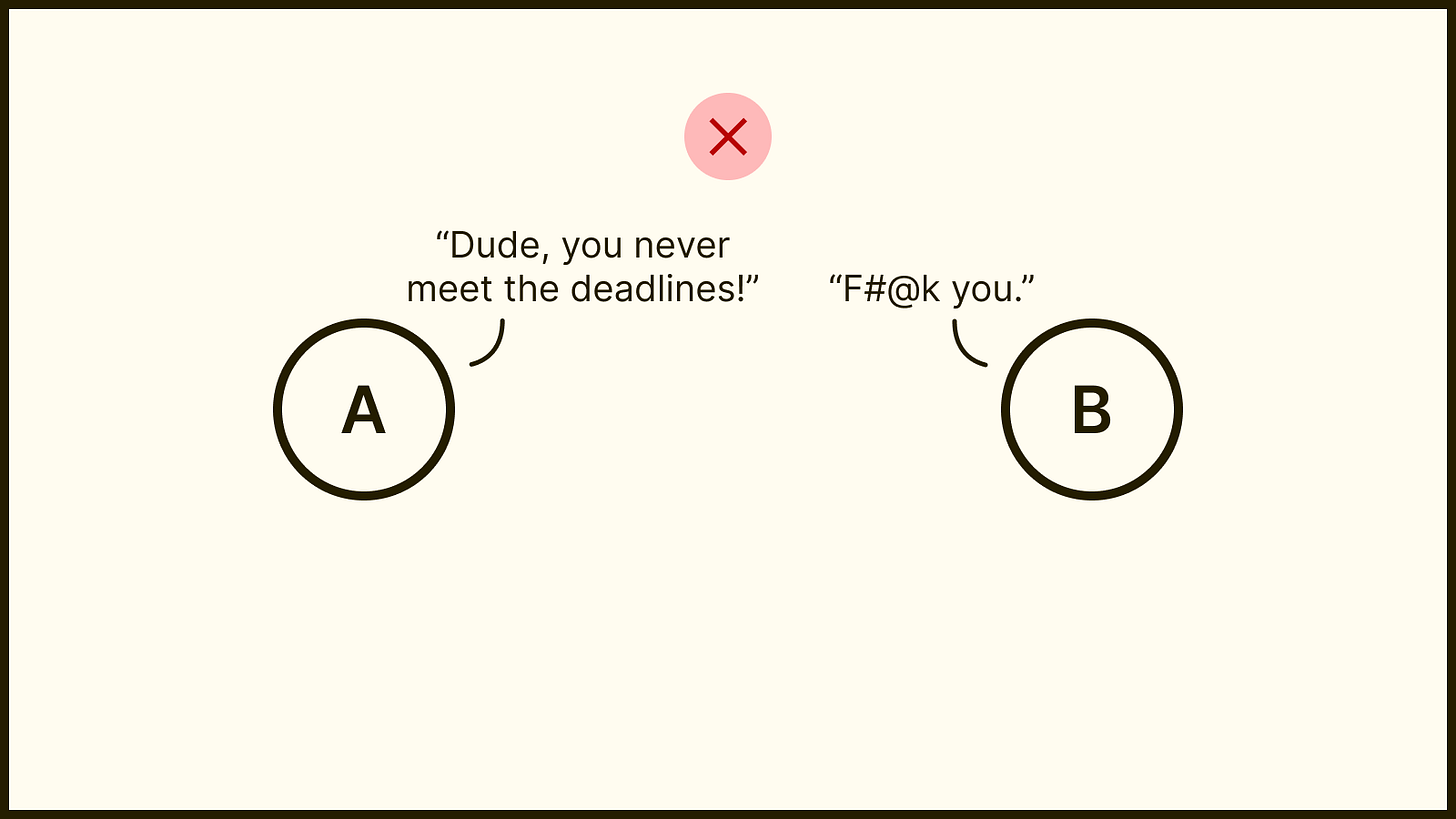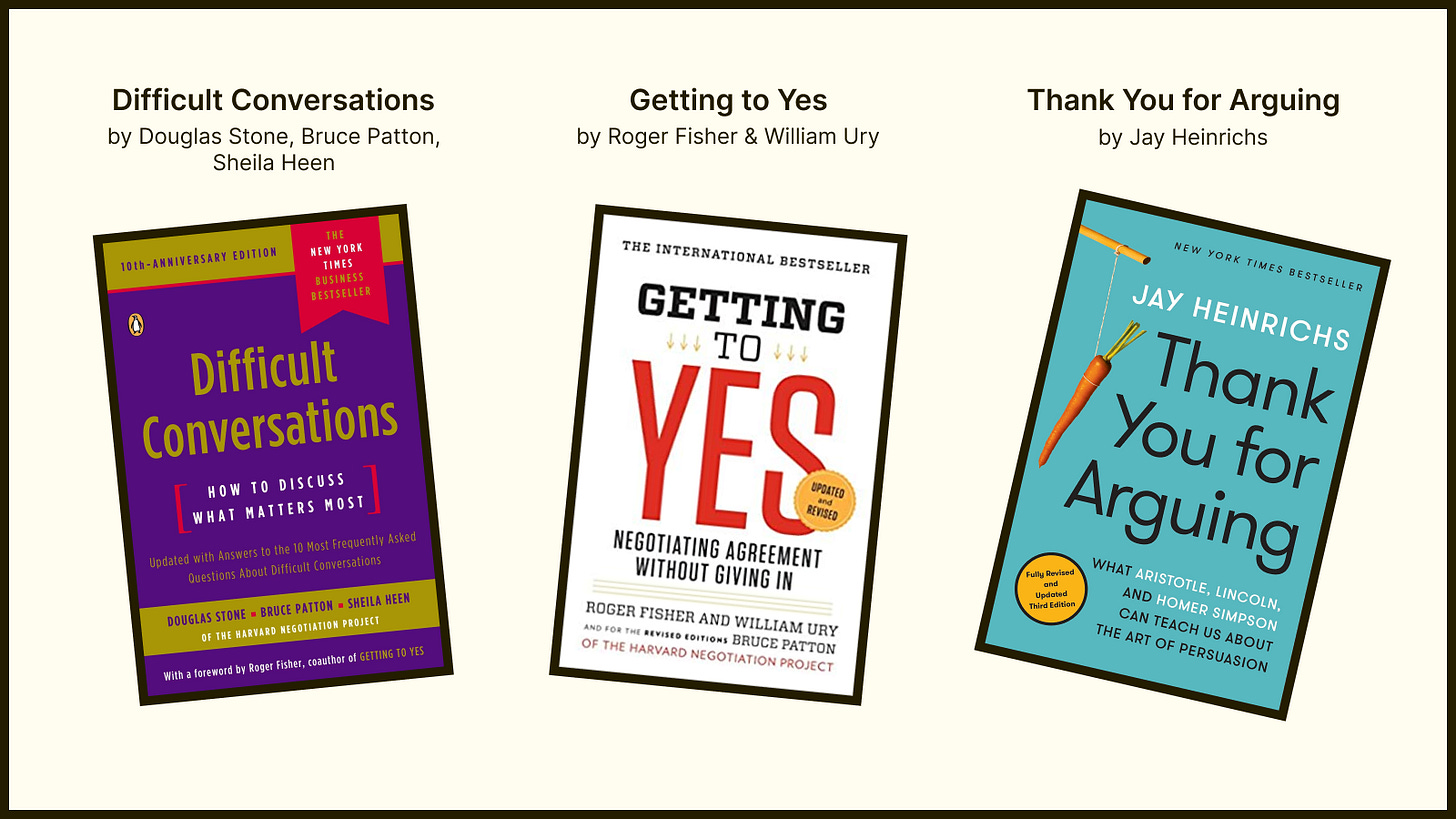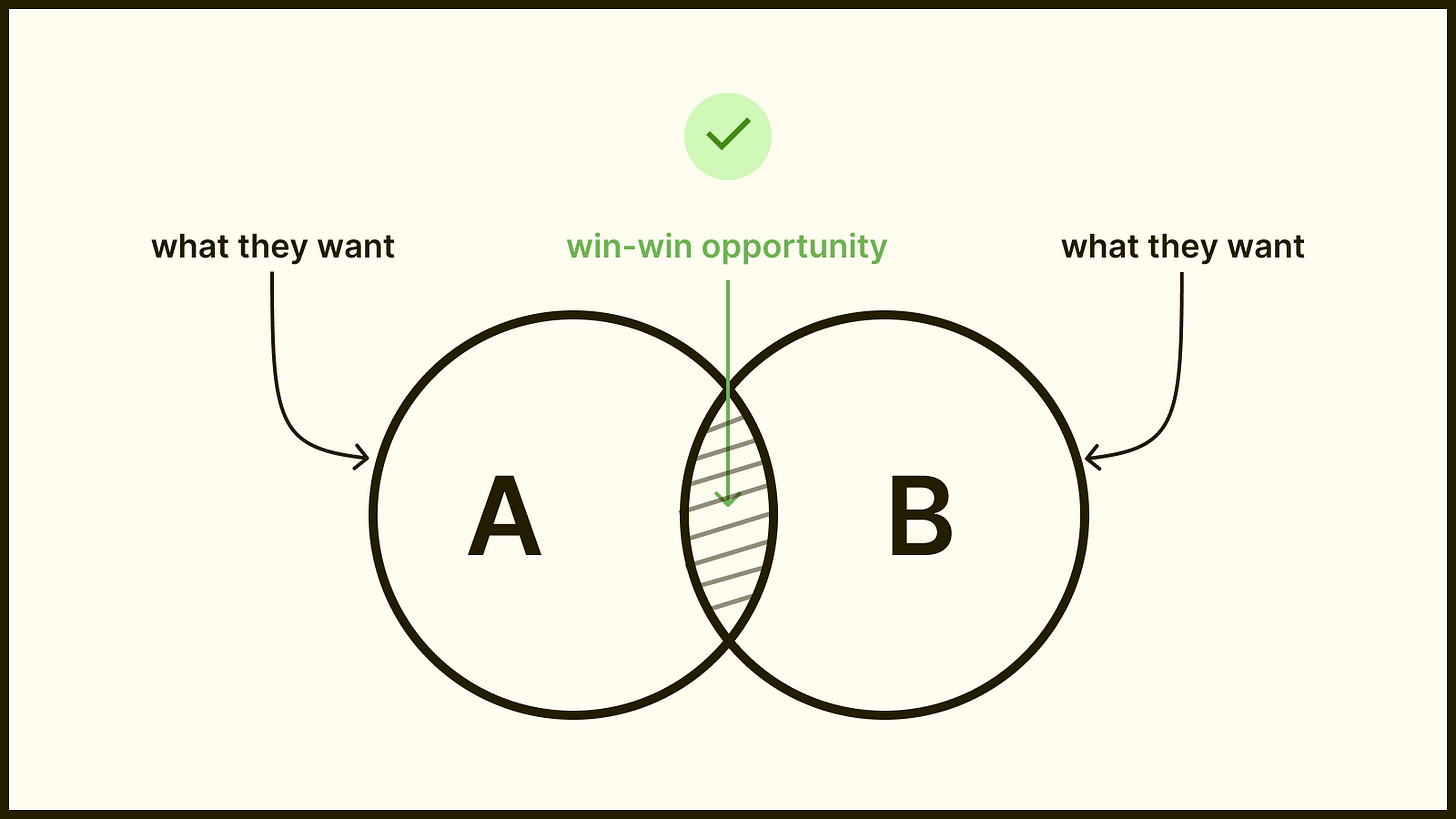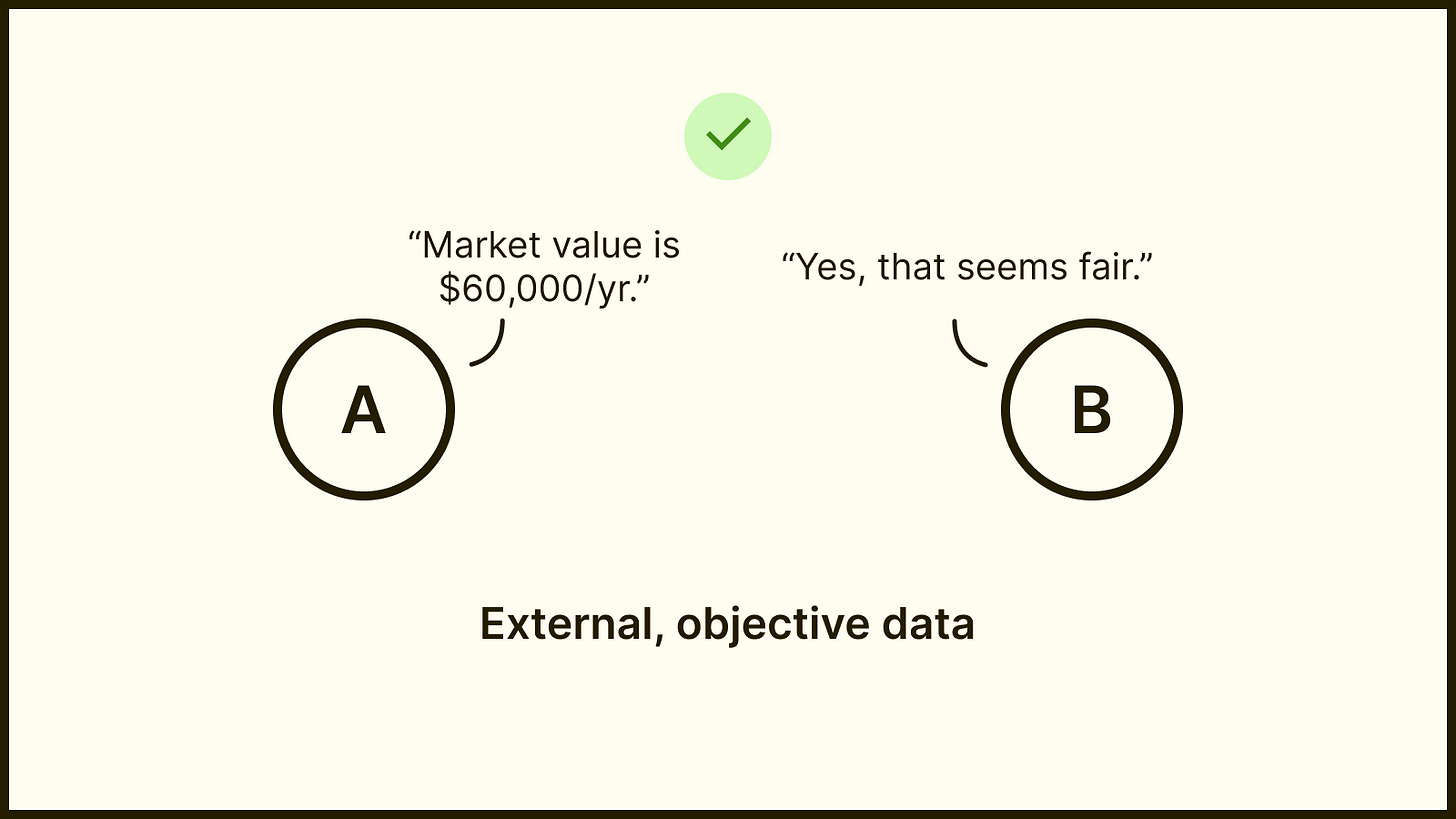
1) Focus on problems, not people
Avoid “us vs them” situations.

2) It’s not zero-sum
Focus on the best result for everyone.
Especially with topics like compensation.

3) Aim to understand
Do listen & empathize.
Don’t judge and debate.

4) Build personas for key stakeholders
Invest in long-term relationships.
You'll better understand their mindset and expectations.

5) Repeat back
Repeat back what others say to show you understand.

6) Avoid blaming
It leads to defensiveness.
It's a downward spiral of emotional ego-protecting.

7) If there’s tension, call it out
📜 Here's a template:
“I sense some tension here and I’m hopeful we'll get through this as a team. I’m feeling […] — I’d love to hear what you’re feeling and thinking about.”
8) Avoid the past tense
Past actions can't be changed.
Arguments in the past tense are more likely to dissolve into blaming and emotions.
Use present and future tense instead.

9) Involve people early
To avoid surprises, involve people early on big decisions like org changes or performance problems.
10) Involve people before minds are made up
It's easier to help people make up their mind. 🧠
It’s harder to change minds.
11) Provide off-ramps for ego
Changing a decision that's already made often involves egos. Provide good reasons for the change that lets people save face.
12) Some good books
On becoming a better negotiator & persuader.
Difficult Conversations by Douglas Stone
Thank You for Arguing by Jay Heinrichs
Getting to Yes by Roger Fisher

13) Understand their real interest
Positions = what people say they want
Interests = true reasons for their wants

14) Create win-win opportunities
With everyone's real interests in mind, we can seek opportunities that satisfy them all at once.

15) Generate options that work for everyone
Break down the problem into smaller "solution-options".
Figure out which ones best solve everyone's interests.

16) Common product areas to invent options
🔭 Scope
👁️ Visibility
⏱️ Duration
📝 Reporting
📈 Scalability
💪 Performance
⚖️ Risk Sensibility
🎨 Customization vs pre-made UI components
17) Useful methods for generating options
🌤️ Brainstorm in the morning (everyone's fresh)
🖍️ Whiteboard and break down the problem
❤️ Ask each side what matters most to them
18) Use objective criteria
Avoid arbitrary starting points.
The anchoring effect activates and blinds you from whether the final result is objectively fair.

19) Start with external data
Specific data reduces opposition.
Use a value from an external source to guide the negotiating.

20) Objective criteria is reusable
It's future-proof 🔮
Agree on it once, use it again.
Saves you time.
21) Be flexible as new data immerges
You adjust to objective data.
Not the other way around.

22) Lose lesser battles
You don't have to win every argument ⚔️
Give in on things that don't matter as much to you but matters a lot to the other person.
It builds good will.
23) Have thick skin
You won't always get your way.
Don't be a sore loser 🤕
Focus long term.
24) Negotiate
Now you have:
❤️ Understanding of everyone's interests
📏 Agreed-upon objective data
🤝 Aligned incentives
Making decisions will be easier now.
🖇️ Some Further reading:
I know, it’s fairly long. But I hope it’s helpful for you and your team.
Twitter Support
🐦 This took me some time to write, so it would mean a lot if you ❤️ and ♻️ my twitter thread about it. If you can’t, no worries :)
P.S.

🎙️ Also, I interviewed Ryan Hoover for PM News. We talk product negotiation, flywheels, retention, and a lot more. Give it a look.
🎁 And, I have some exclusive discounts and stuff to give you here.
🎒 My senior year starts next week, wish me luck!
Thanks for reading. Enjoy the rest of your day 🤗
(Also, hit that heart button ❤️)
- Anthony



